The Guardians of the Canopies: Weaver Ants
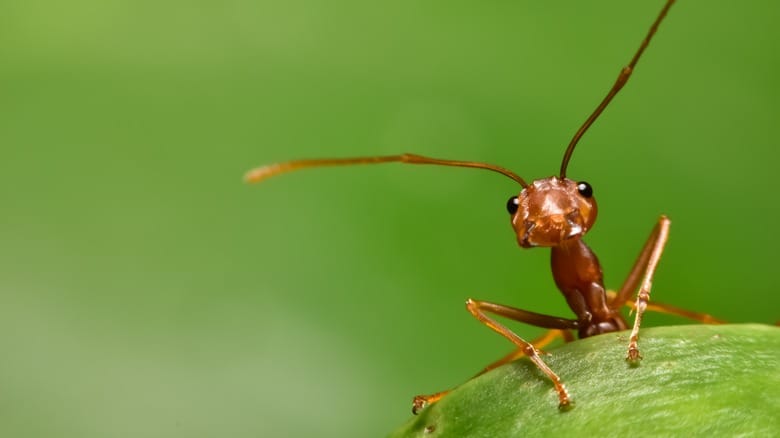
Humanity is now far from conflicts having put aside their weapons long ago, with the vision of reconstructing their race twinkling in their eyes. Yet, everyday sees thousands of wounded beings and raging battles emerging from jungles and deserts to mainlands. Humanity knows little about this warfare, for the war is being fought beneath their unsuspecting eyes and feet: the war of ants.
Before the first humans were made out of mud and during the Jurassic epoch, ants appeared and dominated the world. Yet, competition was fierce. Generations of ants swore their allegiance to each of their tribes and enlisted themselves in the ant army to fight other ants. Millennia passed, as ants came to this fact: more war, literal existential crisis. Ants began to nod towards other unfamiliar ants as some of their neighbourhoods prospered. Nonetheless, some species of ants keep their hatred of other ants in their genes. The bull and the fire ant are notorious for their temper. Perhaps the most fierce of all has a voracity for highest trees touching the sky: weaver ants.
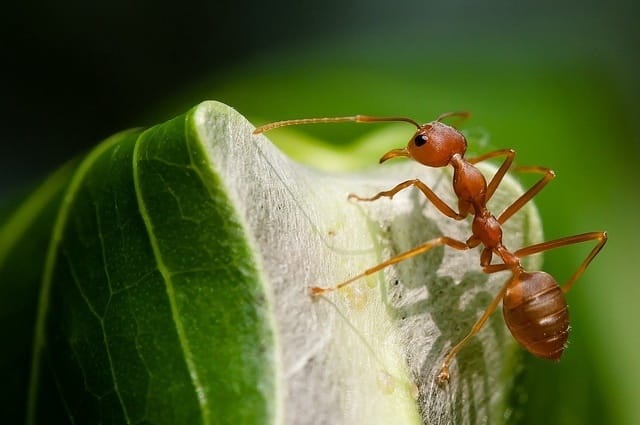
The territorial weaver ants form their quarters on high trees, enabling an advantage for the ants to spot intruders and deter any attempted attack. Likewise, weaver ants form small residencies from leaves. The ants assemble, the commanding officer inculcates the primary objective of their mission as the ants scurry off with their glittering black eyes keen for any leaves. Worker ants then arrange them to emulate a green cocoon as a larva dispenses glue. This process repeats until a full colony has appeared. The largest is designated for the Queen and her defenders, with extra floors created for bonus storage areas, another masterpiece of the larvae. These ants live often in a world in front of rainforests and exquisite views; a utopia. Nonetheless, invaders are bound to discover these fountains of wonder as these stations are ephemeral.
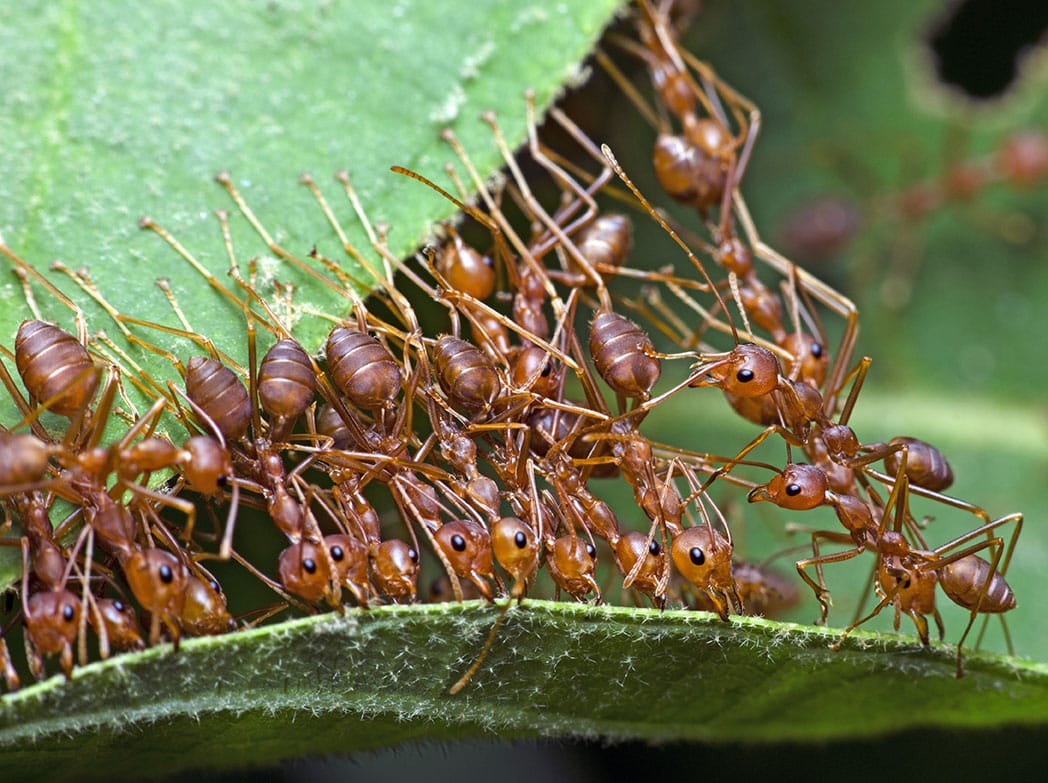
Sentries are placed around the establishment as they scour the trees for enemies. When a weaver sentry spots a foreign ant, they release pheromones, enabling other ants to find their way to the battleground, as the sentry rushes to warn the settlement. The ants’ formic acid bubbles fire from their abdomens as acid rains upon the intruders, injuring some, though this was a simple manoeuvre. Worker ants sprint around their opponents and pull their legs off while the majors clip the antennas; weaver ants run down their opponents as they surrender. The aftermath of the battle is erased and the weaver ants strive to a thriving future with more blueprints.
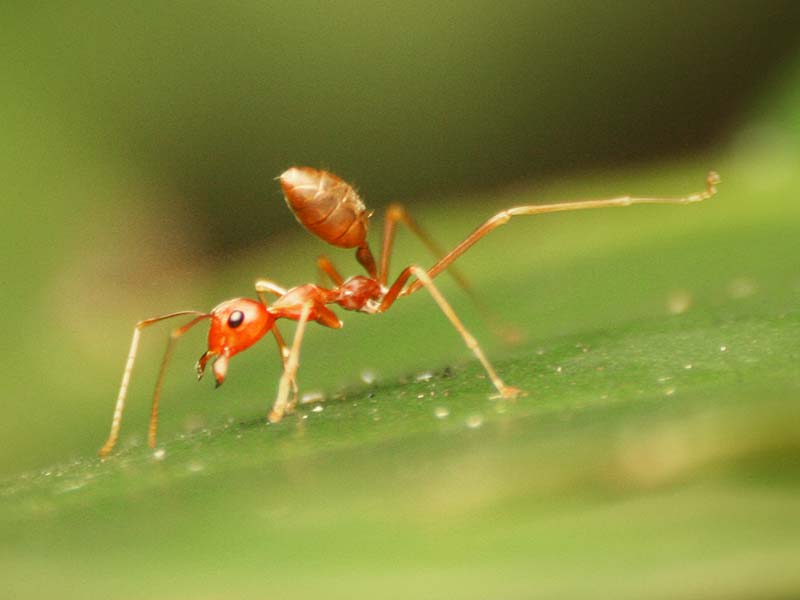
Thriving in colonies and acting on their own intelligent accord, the marvellous weaver ants dominate the ant kingdom. Used likewise as a natural pesticide, weaver ants create invisible ties with farmers and gardeners, paving the way for a rich ecosystem. Perched on trees high up in the sky, these weaver ants are poised to strike, ready to fight for their homeland and its well being.

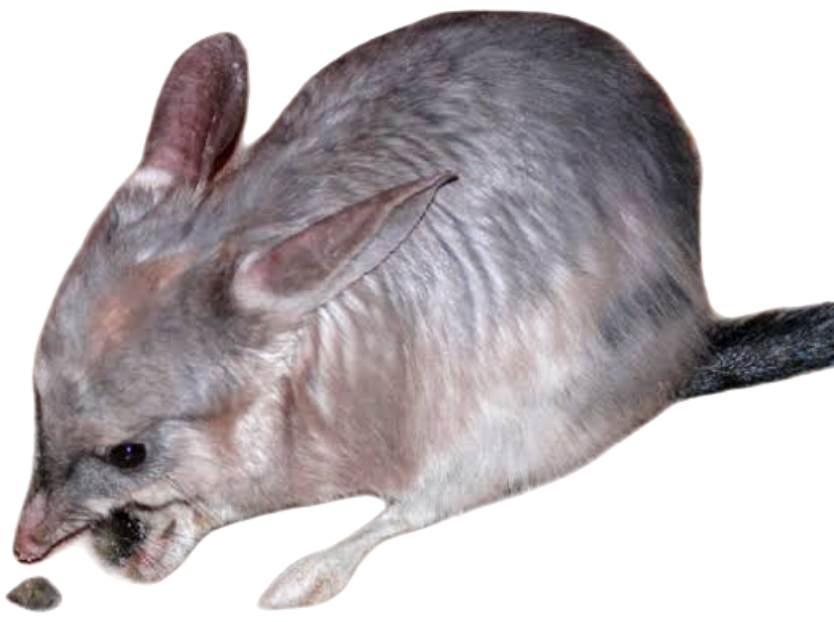


Member discussion